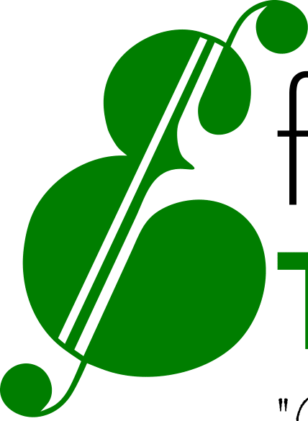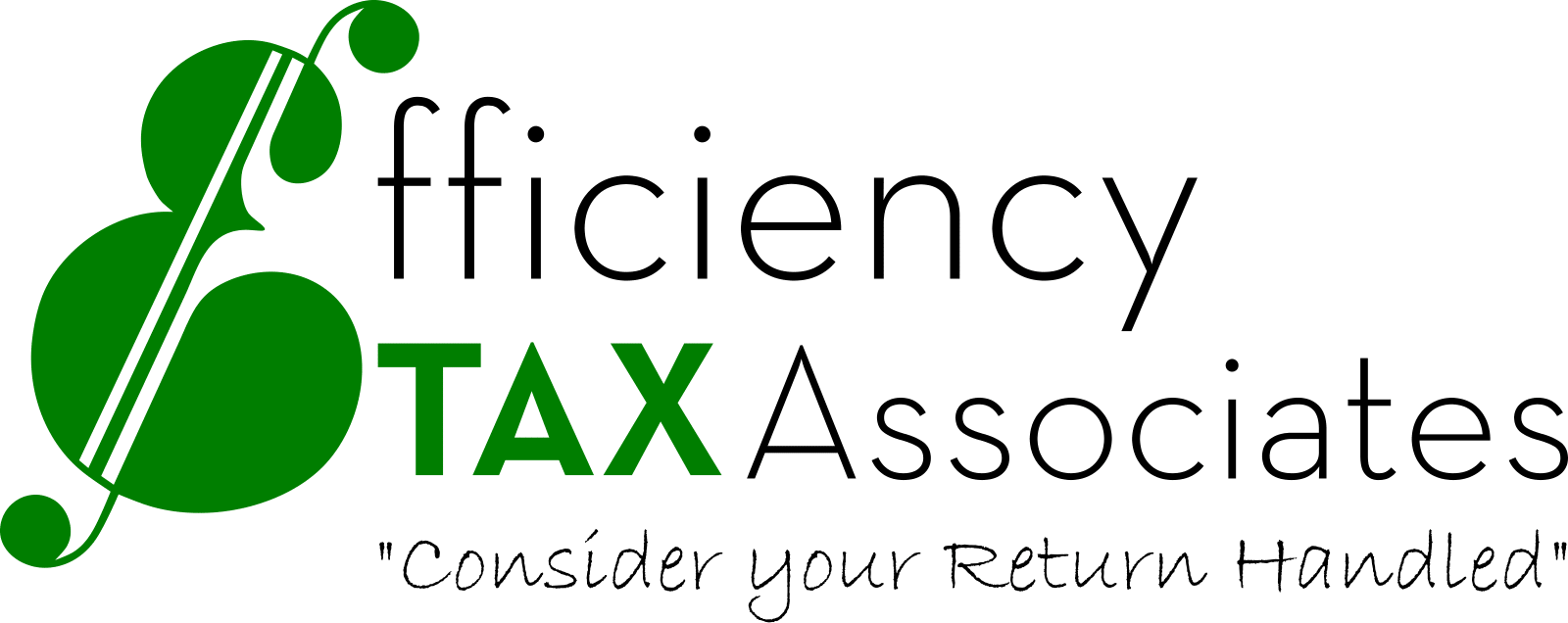IRS Tax Tip 2022-127
The privacy of America’s taxpayers is paramount at the IRS. The right to privacy is one of ten rights the Taxpayer Bill of Rights gives all taxpayers.
Taxpayers have the right to expect that any IRS inquiry, examination, or enforcement action will comply with the law and be no more intrusive than necessary. Taxpayers can also expect that the IRS will respect all due process rights, including search and seizure protections and will provide, where applicable, a collection due process hearing.
Here are a few more details about what a taxpayer's right to privacy means:
- The IRS cannot seize certain personal items, such as schoolbooks, clothing and undelivered mail.
- The IRS cannot seize a personal residence without first getting court approval, and the agency must show there is no reasonable alternative for collecting the tax debt.
- Sometimes, taxpayers submit offers to settle their tax debt that relate only to how much they owe. This is formally known as a Doubt as to Liability Offer in Compromise. Taxpayers who make this offer do not need to submit any financial documentation.
- During an audit, if the IRS finds no reasonable indication that a taxpayer has unreported income, the agency will not seek intrusive and extraneous information about the taxpayer’s lifestyle.
- A taxpayer can expect that the IRS’s collection actions are no more intrusive than necessary. During a collection due process hearing, the Office of Appeals must balance that expectation with the IRS’s proposed collection action and the overall need for efficient tax collection.”
General FAQs
1. Where can I download the new Form W-4?
2. Why redesign Form W-4?
The new design reduces the form’s complexity and increases the transparency and accuracy of the withholding system. While it uses the same underlying information as the old design, it replaces complicated worksheets with more straightforward questions that make accurate withholding easier for employees.
3. What happened to withholding allowances?
Allowances are no longer used for the redesigned Form W-4. This change is meant to increase transparency, simplicity, and accuracy of the form. In the past, the value of a withholding allowance was tied to the amount of the personal exemption. Due to changes in law, currently you cannot claim personal exemptions or dependency exemptions.
4. Are all employees required to furnish a new Form W-4?
No. Employees who have furnished Form W-4 in any year before 2020 are not required to furnish a new form merely because of the redesign. Employers will continue to compute withholding based on the information from the employee’s most recently furnished Form W-4.
Employee FAQs
5. My tax situation is simple. Do I have to complete all of the steps?
No. The form is divided into 5 steps. The only two steps required for all employees are Step 1, where you enter personal information like your name and filing status, and Step 5, where you sign the form. Complete Steps 2 – 4 only if they apply to you. Doing so will make your withholding more accurately match your liability.
6. What happens if I only fill out Step 1 and then sign the form?
Your withholding will be computed based on your filing status’s standard deduction and tax rates, with no other adjustments.
7. When should I increase my withholding?
You should generally increase your withholding if:
- you hold more than one job at a time or you and your spouse both have jobs (Step 2) or
- you have income from sources other than jobs or self-employment that is not subject to withholding (Step 4(a)).
If you do not make adjustments to your withholding for these situations, you will very likely owe additional tax when filing your tax return, and you may owe penalties. For income from sources other than jobs, you can pay estimated tax instead of having extra withholding.
8. When should I decrease my withholding?
You should generally decrease your withholding if:
- you are eligible for income tax credits such as the child tax credit or credit for other dependents (Step 3), and/or
- you are eligible for deductions other than the basic standard deduction, such as itemized deductions, the deduction for IRA contributions, or the deduction for student loan interest (Step 4(b)).
9. I want a refund when I file my tax return. How should I complete the redesigned Form W-4?
The redesigned Form W-4 makes it easier for you to have your withholding match your tax liability. But if you prefer to have more tax than necessary withheld from each paycheck, you will get that money back as a refund when you file your tax return (keep in mind though you do not earn interest on the amount you overpay). The simplest way to increase your withholding is to enter in Step 4(c) the additional amount you would like your employer to withhold from each paycheck. Note, even if you don’t have any income tax withheld from your wages, you may get a refund if you are eligible for tax credits such as the Earned Income Credit, the Additional Child Tax Credit, or American Opportunity Credit.
10. Why do I need to account for multiple jobs (Step 2)? I have never done that before
Tax rates increase as income rises, and only one standard deduction can be claimed on each tax return, regardless of the number of jobs. Therefore, if you have more than one job at a time or are married filing jointly and both you and your spouse work, more money should usually be withheld from the combined pay for all the jobs than would be withheld if each job was considered by itself. Adjustments to your withholding must be made to avoid owing additional tax, and potentially penalties, when you file your tax return. All of this has been true for many years; it did not change with the recent tax law changes. The old Form W-4 accounted for multiple jobs using detailed instructions and worksheets that many employees may have overlooked. Step 2 of the redesigned Form W-4 lists three different options you should choose from to make the necessary withholding adjustments. Note that, to be accurate, you should furnish a 2020 Form W-4 for all of these jobs.
11. Which option in Step 2 should I use to account for my multiple jobs? Which is most accurate? What if I don't want to reveal to my employer on my W-4 that I have a second job?
Step 2 allows you to choose one of three options, which involve tradeoffs between accuracy, privacy, and ease of use:
- Step 2(a): For maximum accuracy and privacy, use the Tax Withholding Estimator at www.irs.gov/W4app. You will generally be guided to enter an additional amount to withhold in Step 4(c). While you will need to know the approximate amount of pay for each job, you will enter the additional amount of withholding in Step 4(c) on the Form W-4 for only one of the jobs. If pay for any of the jobs changes significantly, you will need to use the Tax Withholding Estimator again and furnish a new Form W-4 to change the amount in Step 4(c) to have accurate withholding.
- Step 2(b): If you do not have access to the Tax Withholding Estimator but wish to have roughly accurate withholding and retain privacy, you may use the Multiple Jobs Worksheet on page 3. You will be guided to enter an additional amount to withhold in Step 4(c). While you will need to know the approximate amount of pay for each job, you will enter the additional amount of withholding in Step 4(c) on the Form W-4 for only one of the jobs. If a change in pay for any of the jobs changes the additional withholding amount in the lookup table used with this worksheet, you will need to furnish a new Form W-4 to change the amount in Step 4(c) to have accurate withholding. If you (and your spouse) have a total of only two jobs and the pay at the higher paying job is more than double the pay at the lower paying job, this option is generally more accurate than choosing Step 2(c). If the pay at each job is more similar, choosing Step 2(c) is more accurate than choosing Step 2(b).
- Step 2(c): If you (and your spouse) have a total of only two jobs held at the same time, you may check the box in Step 2(c) on the Forms W-4 for both jobs. That is, to use this option, you should complete a Form W-4 for each job with the box in Step 2(c) checked. The standard deduction and tax brackets will be cut in half for each job to calculate withholding. You will not need to furnish a new Form W-4 to account for pay changes at either job. This option is accurate for jobs with similar pay; otherwise more tax than necessary may be withheld from your wages. This extra amount will be larger the greater the difference in pay is between the two jobs.
12. The instructions above Step 3 say that in multiple job households, adjustments in Steps 3 – 4b are to be made on only one form, and that withholding will be most accurate if the adjustments are made on the W-4 for the highest paying job. But what happens if pay at two jobs is relatively similar or if changes in pay over time result in another job becoming the highest paying?
In general, making these adjustments on the Form W-4 for the highest paying job increases accuracy. However, if the jobs in your household pay about the same or if changes in pay over time change which is the highest paying job, it is less important which Form W-4 is used to make the adjustment.
13. What if I have side work where I'm not treated as an employee?
14. What if I don't want to reveal the amount of my non-job income, such as income from earnings on investments or retirement income, on my Form W-4 (Step 4(a))
15. Is there a computer program I can use to help me complete Form W-4?
Yes. To provide maximum accuracy, you are encouraged to use the Tax Withholding Estimator available at www.irs.gov/W4app. You should consider using the withholding estimator if you:
- expect to work only part of the year (this does not apply if you are only switching jobs),
- had a large balance due or refund last year and it is no longer the beginning of the current year,
- have dividend or capital gain income or are subject to additional taxes, such as the additional Medicare tax,
- have self-employment income,
- prefer the most accurate withholding for multiple job situations, or
- prefer to limit information provided in Steps 2–4 but do not want to sacrifice accuracy.”
*WHERE TO CHECK YOU REFUND STATUS: https://www.irs.gov/refunds
Our Services
- Tax Preparation
- Bookkeeping
- Health And Life Insurance
- Audit & Assurance
- Financial Planning
Timings
Monday / Tuesday: 9:30AM–7PM
Wednesday: 9:30AM–6PM
Thursday / Friday: 9:30AM–7PM
Saturday: 9:30AM–1PM
Sunday Closed



